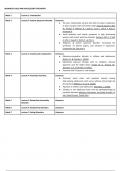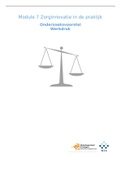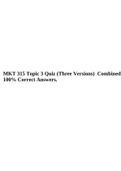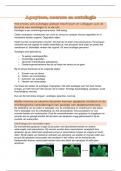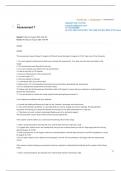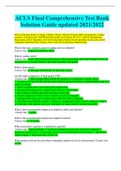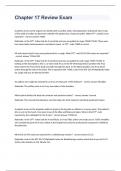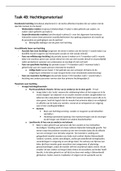Summary
Summary Advanced Child and Adolescent Psychiatry - Leiden University (Part 1)
- Course
- Institution
Advanced Child & Adolescent Psychiatry (Part 1) Lectures, Literature and Case studies Lecture 1: Introduction Lecture 2: Autism Spectrum Disorder Lecture 3: Anxiety and Compulsions Lecture 4: Psychotic Disorders Week 2: Literature - The peer relationships of girls with ASD at school: ...
[Show more]
